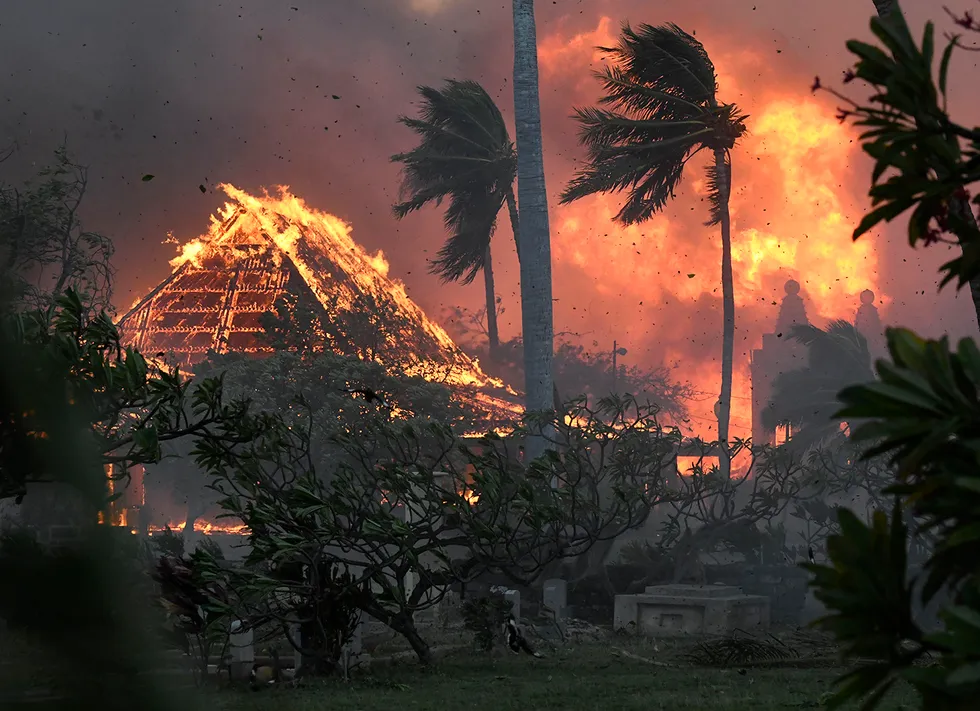The rise in natural disasters in the U.S. is not a surprise
By Charlotte Garrity ’26
Heavy smoke consumes the typically bright skies of Maui, blanketing the rich wildlife and crowded villages with fire, ash, and disaster. Such was the horrific experience of Maui residents this past summer as their homes were destroyed by wildfire, one of the many natural disasters that rampaged across the United States during this past season. For years, scientists have been trying to convince the country that if no action is taken to fight the climate crisis, tragedies will occur and increase in intensity. This summer proved their predictions true, as the country has struggled to cope with floods, hurricanes, and rising temperatures. The nationwide rise in heat and natural disasters this summer is a direct result of the lack of action Americans have taken to solve the climate crisis.
The natural disasters that have occurred throughout the summer have mostly been a product of rising heat temperatures throughout the country. The world saw its hottest summer on record in 2023, with an average increase of 0.41℉ worldwide. This is a consequence of greenhouse gases continuously being released into the atmosphere, with no end in sight—a clear example of climate crisis inaction. The effects of rising temperatures are catastrophic, as warmer climates increase vulnerability to hurricanes. As it gets hotter, more water will evaporate and send heat from the ocean into the air, which causes stronger storms and winds. The summer of 2023 illustrates just how much natural disasters are worsening as the earth warms. Humans are actively seeing the world burn down, with no urgent action to do anything about it.
Americans believe natural disasters can’t get any worse, a dangerous way of thinking given increasingly destructive weather events. Frequent “billion-dollar” disasters have caused such tremendous damage to the U.S. that they have cost the government enormous sums of money to repair. This has impacted the financial state of the U.S. government substantially, and the costs will only increase as time moves on. Many Americans believe that we have reached a new normal and that the world has reached a point where the climate will remain in this disastrous state. This mindset causes people to think that nothing needs to be fixed since this is just the new depressing world that this country will exist in, with nothing else that can be done. Numerous catastrophes, such as the flooding in Vermont and drought in the Midwest, are examples of seemingly abnormal events that have occurred because of the climate crisis. The rate of temperature growth and natural disasters has increased, but this is only the beginning. The number of climate disasters will continue to rise until the climate crisis is addressed and solved.
This rise of natural disasters in the U.S. is a scary window into what the future could look like if climate change is not seriously addressed. We know what will happen with a hotter earth: an increase in evaporation and heat waves. More evaporation means stronger hurricanes, warmer water temperatures, and so much more. These effects can drastically change the environment in this country and turn natural disasters from rare occurrences into frequent catastrophes. If America does not take action and work to control the effects of climate change, the country will destroy itself.
Pictured: A wildfire destroys a building in Lahaina, Hawaii (https://www.usatoday.com/story/news/nation/2023/09/11/us-sets-record-weather-climate-disasters-2023/70822661007/)



